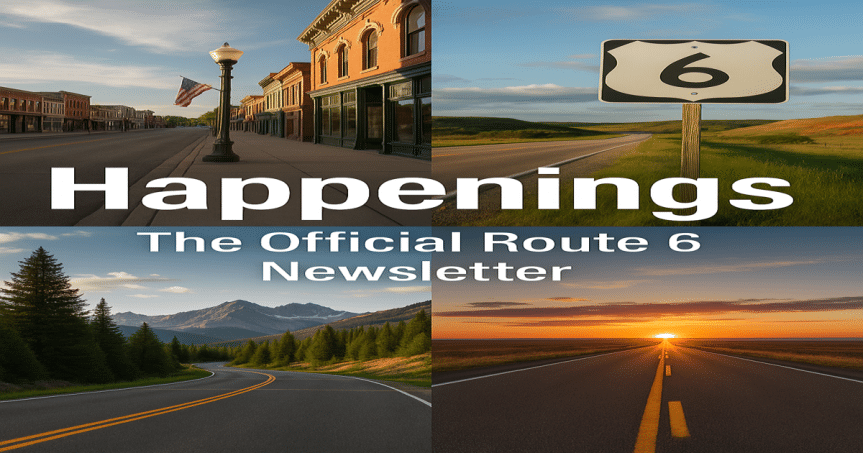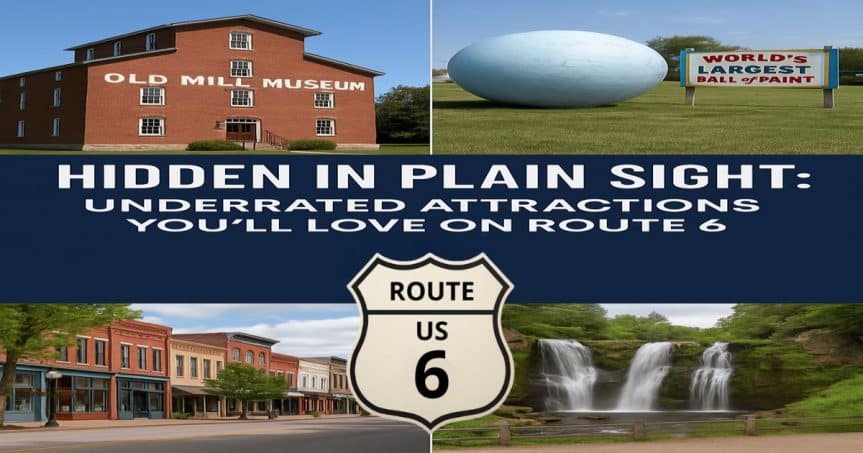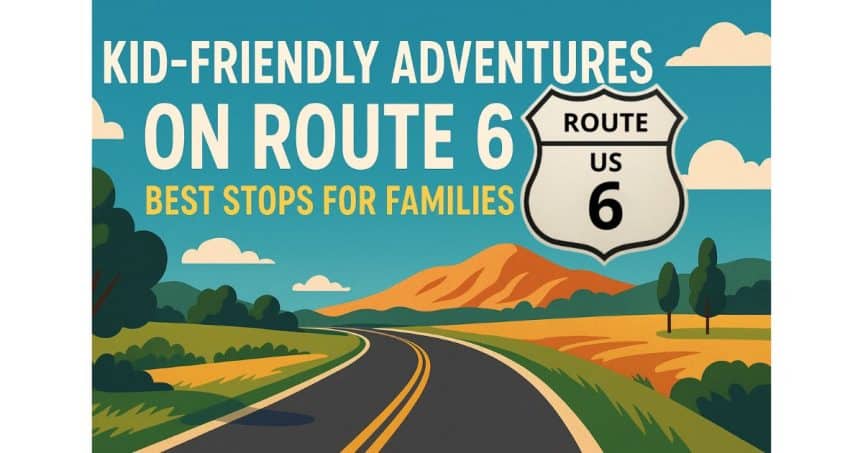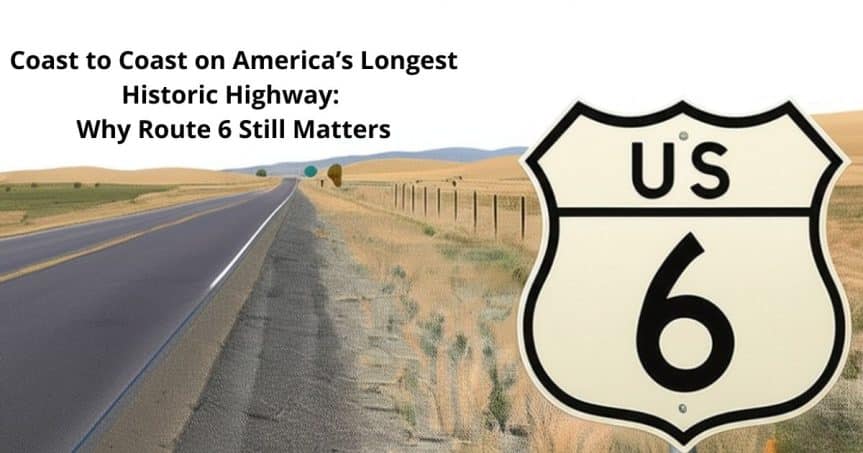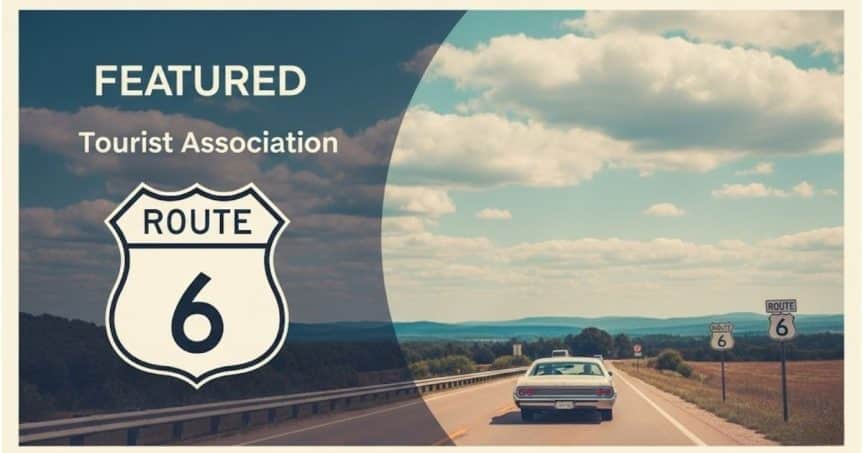From the misty shores of Provincetown, Massachusetts, to the sun-baked cliffs of Bishop, California, U.S. Route 6 once spanned the entire breadth of the continental United States. At over 3,600 miles during its peak, it was known as The Grand Army of the Republic Highway—a name that pays homage to Union Civil War veterans. But beyond its patriotic title and record-setting mileage, Route 6 tells a deeper story: one of American resilience, small-town character, and a continually evolving national identity.
A Ribbon of History Across the Nation
Originally commissioned in 1926 as part of the original U.S. Highway System, Route 6 didn’t start as a coast-to-coast thoroughfare. It was extended multiple times, finally reaching California in 1937. For decades, it served as a major east-west corridor before the Interstate Highway System eclipsed its prominence in the 1960s. Yet, unlike the sterile efficiency of modern interstates, Route 6 offers a human-scale experience of America—one best appreciated at 55 miles per hour or less.
Route 6 has been nicknamed “The Longest Main Street in America,” and with good reason. It snakes through 14 states, linking rural crossroads with historic towns, and serves as a living museum of 20th-century Americana. It passes coal towns in Pennsylvania, prairie outposts in Nebraska, and high desert settlements in Utah, offering a panoramic sweep of America’s geographic and cultural diversity.
Landmarks and Legends: Stops That Tell Stories
Traveling Route 6 is like flipping through a well-worn scrapbook of American life. In Galion, Ohio, visitors find a beautifully preserved depot from the Lincoln Highway days. In Corning, New York, the Corning Museum of Glass offers not only dazzling art but a look at the industrial innovation that once defined the region. Out west in Ely, Nevada, Route 6 merges with the Loneliest Road in America—an appropriate moniker for this stark, soul-stirring stretch through the Great Basin.
Among its many charms, Route 6 is home to the Nebraska Sandhills, one of the most unique ecosystems in North America, and Grand Junction, Colorado, known for its stunning Book Cliffs and burgeoning wine country. Along the way, you’ll find quirky roadside attractions, century-old diners, and town squares where time seems to slow down just enough to appreciate it.
Cultural Continuity in a Changing Nation
Though overshadowed by the convenience of modern expressways, Route 6 continues to matter in unexpected ways. It supports local economies dependent on heritage tourism, connects underserved rural areas, and preserves architectural and cultural landmarks that might otherwise be forgotten.
In towns like Atwood, Kansas and Eureka, Utah, local festivals, Route 6 museums, and “Main Street” revitalization efforts are evidence of a grassroots movement to keep the highway—and the stories it carries—alive.
Furthermore, Route 6 has found new relevance in an age of slow travel. In a time when many seek deeper, more sustainable experiences, the highway provides a ready-made canvas for storytelling, exploration, and community building.
Why Route 6 Still Matters
Here are just a few facts that underscore Route 6’s continued importance:
- Spans 3,205 miles today, from Provincetown, MA to Bishop, CA (formerly 3,652 miles before truncation).
- 14 states served, more than nearly any other U.S. highway.
- More than 300 towns and cities touched by its route.
- Designated the Grand Army of the Republic Highway in 1953, making it the only highway dedicated to Civil War veterans.
But the numbers only hint at the highway’s legacy. Route 6 remains a testament to a different kind of travel—one that values discovery over destination, connection over convenience.
Final Thoughts: The Road Ahead
Route 6 isn’t just an old road. It’s a reflection of American persistence and diversity. It’s a path through the forgotten, the beautiful, and the downright unusual. In a country often defined by its future, Route 6 invites us to pause and honor the journey.
So whether you’re a seasoned road-tripper, a history buff, or someone simply longing for the feel of a steering wheel under your hands and a big sky overhead, Route 6 still has something to offer. It reminds us that the heart of America isn’t always on the fast lane—but somewhere along the longest Main Street you’ve never taken.
Ready to explore Route 6? Visit Route6Tour.com for maps, stories, and travel resources to start your journey across America’s most historic highway.

